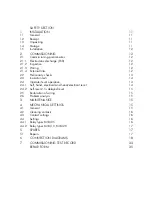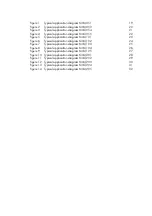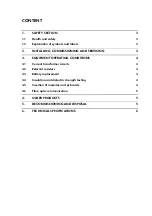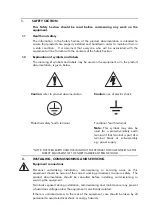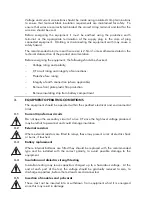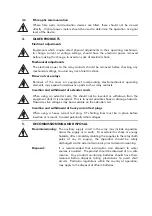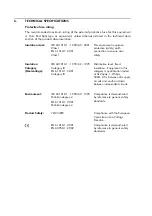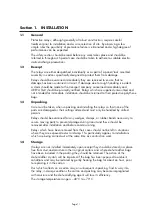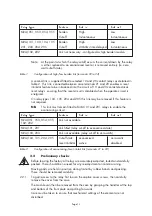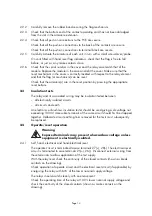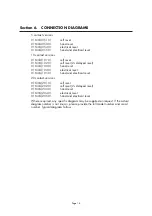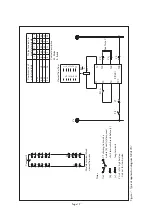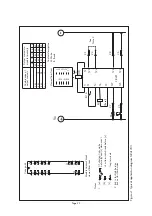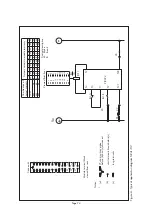
Page 11
Section 1. INSTALLATION
1.1
General
Protective relays, although generally of robust construction, require careful
treatment prior to installation and a wise selection of site. By observing a few
simple rules the possibility of premature failure is eliminated and a high degree of
performance can be expected.
The safety section should be read before any work takes place and should be
referred to throughout. Special care should be taken to adhere to suitable electro-
static discharge precautions.
1.2
Receipt
The relays are either despatched individually or as part of a panel/rack mounted
assembly in cartons specifically designed to protect them from damage.
Relays should be examined immediately they are received to ensure that no
damage has been sustained in transit. If damage due to rough handling is evident,
a claim should be made to the transport company concerned immediately and
A
REVA
T&D
should be promptly notified. Relays which are
supplied unmounted and
not intended for immediate installation should be returned
to their protective polythene
bags.
1.3
Unpacking
Care must be taken when unpacking and installing the relays so that none of the
parts are damaged or their settings altered and must only be handled by skilled
persons.
Relays should be examined for any wedges, clamps, or rubber bands necessary to
secure moving parts to prevent damage during transit and these should be
removed after installation and before commissioning.
Relays which have been removed from their cases should not be left in situations
where they are exposed to dust or damp. This particularly applies to installations
which are being carried out at the same time as construction work.
1.4
Storage
If relays are not installed immediately upon receipt they should be stored in a place
free from dust and moisture in their original cartons and where de-humidifier bags
have been included in the packing they should be retained. The action of the
de-humidifier crystals will be impaired if the bag has been exposed to ambient
conditions and may be restored by gently heating the bag for about an hour, prior
to replacing it in the carton.
Dust which collects on a carton may, on subsequent unpacking, find its way into
the relay; in damp conditions the carton and packing may become impregnated
with moisture and the de-humidifying agent will lose its efficiency.
The storage temperature range is –40°C to +70°C.
Summary of Contents for MVAJ05
Page 1: ...Types MVAJ05 10 20 Tripping and Control Relays Service Manual R8141B...
Page 2: ......
Page 4: ......
Page 8: ......
Page 36: ...Page 34...
Page 39: ......





